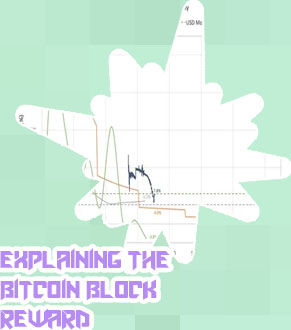
- Where to buy crypto
- Crypto wallet app
- Cryptocurrency to buy
- Apps cryptocurrency
- Is mining crypto worth it
- Cryptocurrency dogecoin price
- Cryptocom login
- Cryptocom gas fees
- What is metaverse crypto
- Brand new crypto
- Bitcoin trend
- Bitcoin converter
- New crypto to buy
- Celsius currency
- Btc mining
- Crypto deposits
- Crypto mining
- Bitcoin to doge exchange
- How much is bitcoin today
- Moon currency
- Where to buy bitcoin
- Eth max price
- Will ethereum crash
- Cryptocurrency software
- Shibusd crypto
- Will dogecoin be on coinbase
- Solana crypto price
- How to trade cryptocurrency
- Crypto graph
- Polygon crypto
- Is crypto com down
- How much is bitcoin worth in us dollars
- When did btc come out
- Staking crypto
- Btc value usd
- Crypto price index
- What is btc wallet
- Who own bitcoin
- How to use crypto
- Crypto pay
- Can you buy crypto with a credit card
- Top cryptos
- What app can i buy dogecoin
- Buy bitcoin cash app
- Buy crypto with credit card
- Bitcoin cryptocurrency
- Cryptocom dogecoin
- What is crypto
- Nft crypto coins
- When could you first buy bitcoin
- Cryptocom taxes
- Crypto exchange
- Doge crypto
- Selling crypto
- Cryptocurrency exchanges
- Best crypto to buy
- Crypto market live
- Bitcoin apps
- Why buy bitcoin
- How to buy on cryptocom
- Btt crypto price
- Btc prices
Bitcoin supply limit
How to buy Bitcoin in New Zealand
The concept of Bitcoin's limited supply has intrigued many investors and enthusiasts alike. As the cryptocurrency's scarcity is a key factor in its value proposition, understanding the implications of this supply limit is crucial for anyone looking to invest or trade in Bitcoin. To delve deeper into this topic, below are two articles that provide insights into the Bitcoin supply limit and its impact on the market.
The concept of Bitcoin's limited supply has intrigued many investors and enthusiasts alike. As the cryptocurrency's scarcity is a key factor in its value proposition, understanding the implications of this supply limit is crucial for anyone looking to invest or trade in Bitcoin. To delve deeper into this topic, below are two articles that provide insights into the Bitcoin supply limit and its impact on the market.
Exploring the Implications of Bitcoin's Fixed Supply Cap

Bitcoin's fixed supply cap of 21 million coins has been a topic of much discussion and debate within the cryptocurrency community. This unique feature sets Bitcoin apart from traditional fiat currencies, which can be printed infinitely by central banks. The implications of this fixed supply cap are far-reaching and have sparked interest among economists, investors, and technology enthusiasts alike.
One of the key implications of Bitcoin's fixed supply cap is its potential to act as a hedge against inflation. With a limited supply of coins, Bitcoin is immune to the devaluation that plagues fiat currencies. This makes it an attractive option for those looking to preserve their wealth in the face of economic uncertainty.
Another implication of the fixed supply cap is its impact on price volatility. With a finite number of coins available, any increase in demand for Bitcoin can lead to sharp price increases. This has led some critics to argue that Bitcoin is too volatile to be considered a viable currency. However, proponents of Bitcoin see this volatility as a natural consequence of a free market and a key feature of its decentralized nature.
Overall, exploring the implications of Bitcoin's fixed supply cap is crucial for understanding the potential of this revolutionary technology. By delving into the economic, social, and technological ramifications of this feature, we can gain a deeper insight into the future
Analyzing the Effects of Bitcoin's Halving Events on its Supply Limit
Bitcoin's halving events have long been a topic of intrigue and speculation within the cryptocurrency community. These events, which occur approximately every four years, are designed to reduce the reward that miners receive for verifying transactions on the Bitcoin network. As a result, the rate at which new Bitcoins are created is cut in half, ultimately leading to a decrease in the overall supply of the digital currency.
One of the most significant effects of these halving events is their impact on the supply limit of Bitcoin. By reducing the rate at which new coins are introduced into circulation, halving events effectively slow down the growth of the cryptocurrency's total supply. This has important implications for the value of Bitcoin, as scarcity is a key factor driving its price.
In addition to affecting the supply limit of Bitcoin, halving events can also influence other aspects of the cryptocurrency ecosystem. For example, they can lead to increased competition among miners, as the reduced block rewards make it more challenging to profitably mine new coins. This, in turn, can impact the overall security and stability of the Bitcoin network.
Overall, the effects of Bitcoin's halving events on its supply limit are complex and multifaceted. While they are designed to help maintain the scarcity of the digital currency, they can also have far-reaching implications